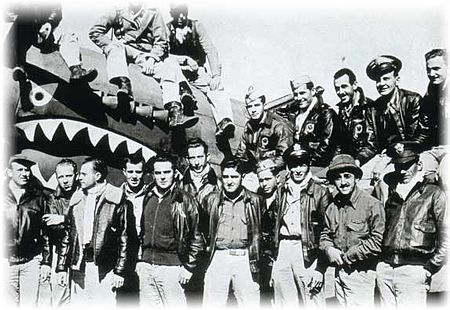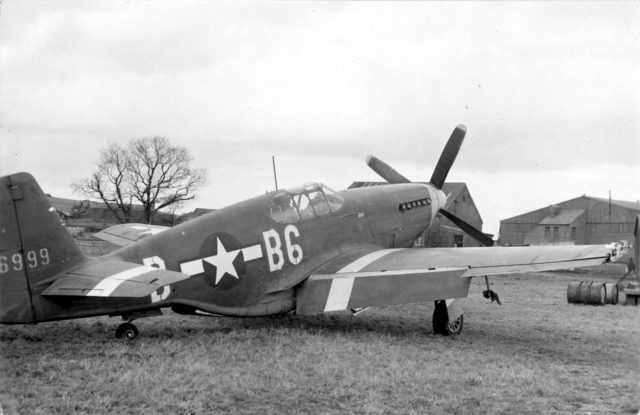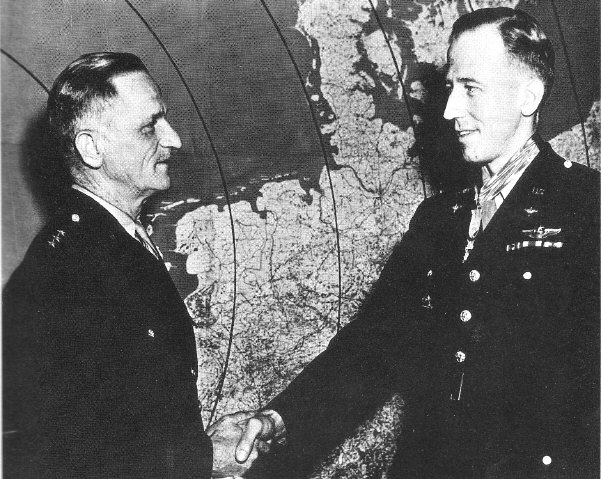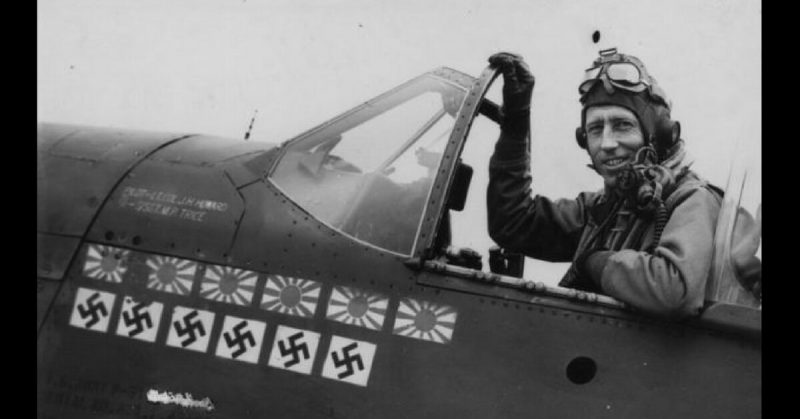In WWII the battle in the skies over Europe could be described as a brutal conflict of attrition, luck, and in some cases inexplicable gallantry. Allied bomber crews knew enemy fighters would attack them on their way to their destination; then face relentless flak over their target, and then fight another flurry of fighters on their return. It took enormous dedication.
As a result, pilots, co-pilots and turret gunners from various bomber crews received the US military’s highest decoration. However, there was only one fighter pilot in the entire European campaign who received the Medal of Honor.
An Ace In Two Theatres
James Howard was born in 1913 Canton, China. His father, an esteemed ophthalmologist, had been teaching eye surgery through an exchange program. Howard lived in China until the age of 14 when he returned to the US to finish his schooling.
In 1938, he joined the United States Navy as an aviation cadet. On completing his flight training, Howard was assigned to the USS Enterprise as a naval aviator.
In June 1941, Howard left the Navy to join the American Volunteer Group (AVG) the famous Flying Tigers, in Burma. As a P-40 fighter pilot, he established himself as having excellent leadership abilities. He flew 56 missions and was credited with shooting down six Japanese aircraft. That alone would be enough to provide a distinguished combat career, but Howard was not finished yet.

When the AVG disbanded in 1942, Howard returned to the US. Despite being a veteran of the US Navy, he chose the Army after a run-in with a Navy base commander who seemed less than impressed with his service in Burma. In 1943 he was promoted to major and given command of a fighter squadron based in Britain.
One-Man Air Force
In Europe, bomber crews had been taking heavy losses as their missions moved deeper and deeper into Germany. The Luftwaffe was still a force to be reckoned with in 1943. The solution was the P-51 Mustang, and Howard was one of the first to take it into action. With more efficient engines, larger fuel capacity, and a drop tank, the P-51 could rendezvous with bomber formations over Germany to provide them with the long range support they needed to have a fighting chance of returning home.

On January 11, 1944, Howard and a group of P-51s were heading for Oschersleben and Halberstadt. About 100 miles southwest of Berlin, they were home to Germany’s vital aircraft industry. Hundreds of B-17s and B-24s had been dispatched to destroy them.
Howard came across 30 German fighters attacking a group of Flying Fortress bombers returning from their mission. Despite being vastly outnumbered and alone, Howard in his own words said he decided “to stick around.”
Doing His Duty
For more than a half-hour, James Howard defended the heavy bombers against the swarm of Luftwaffe fighters, repeatedly attacking them and managing to shoot down six. Even when his P-51 ran out of ammunition, he continued to dive on enemy airplanes. For over 30 minutes, Howard protected the isolated group, until the threat was eliminated.

When the bombers landed, their commander was informed about the single P-51 that refused to leave them. As news of James Howard’s gallantry spread, it became apparent he warranted the nation’s highest military honor.
At the end of the war, James Howard was credited with six Japanese kills and six German kills. He continued in the Air Force and retired in 1966 as a Brigadier General. While he had a long and distinguished military career, it was a cold January day in 1944 that the “One-Man Air Force” set himself apart from the other fighter pilots in the European Theater of Operations.
